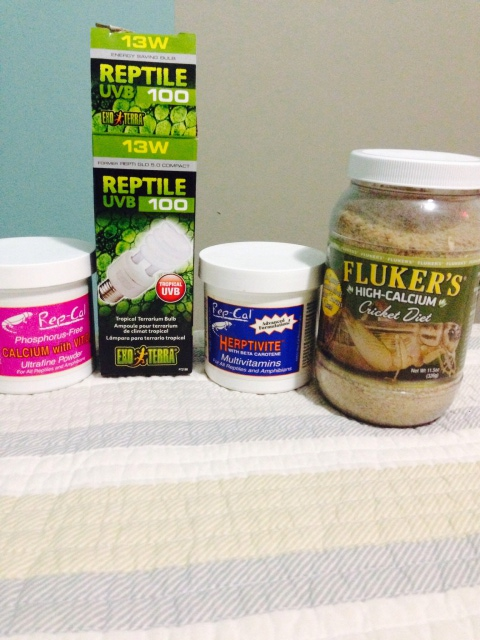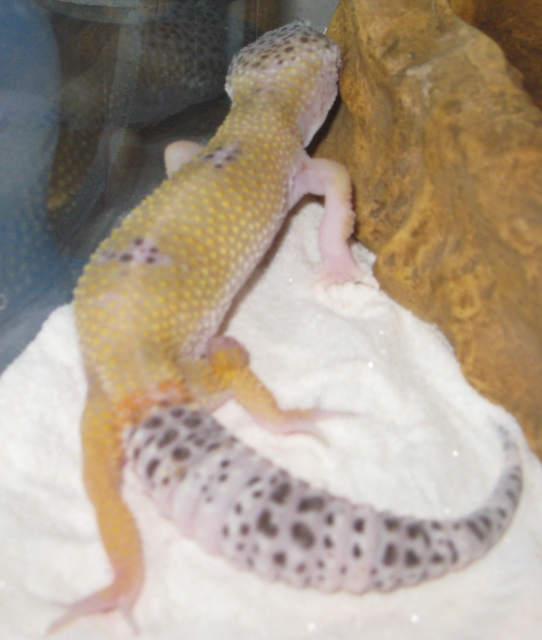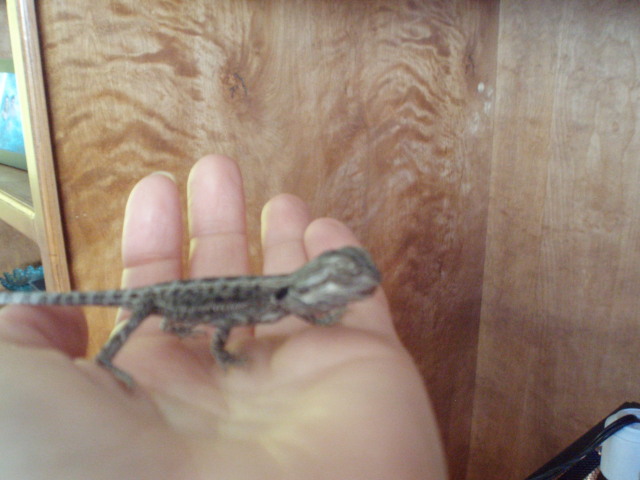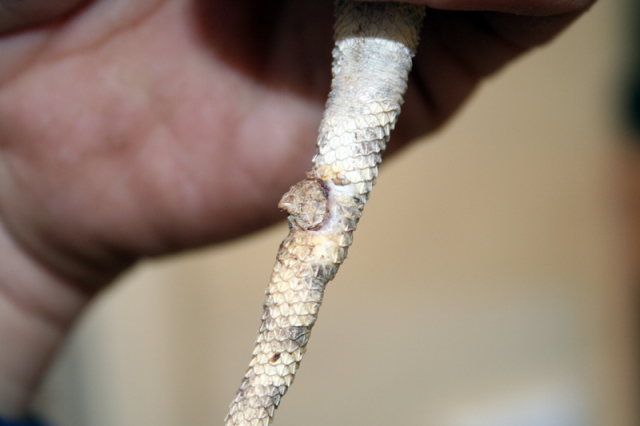QuestionHi there. We have just bought a lizard for our children as a pet and are just learning about how to care for our new friend. It is very tame and let's us hold it. We took advice from the pet store where we purchased it and are finding out we should have never listened to them. We went to a different store today and bought a larger tank for the lizard and the staff there were very helpful and told us about the crickets eating the lizards toes. When we came home we noticed that his back foot has toes missing. What shoud we do about this? Does it hurt? Will the toes grow back? How many crickets should we be putting in the aquariam at one time? What else should we be feeding the lizard and how much? Are heating pads safe for the lizard? We are presently using a basking light and a UVB light. We are using a coco substrate. How do you tell which sex the lizard is? I'm sorry I have so many questions, however I cannot find out much info on the internet regarding this species of lizards, and like I said we are new to lizards.
AnswerA good idea is to get a large bin that is to be used to feed him his crickets. Time will come when he will see that bin and get very animated because he'll know it's feeding time! Then keep dropping crickets in for as long as he will eat them in ten minutes. Babies should have two to three cricket meals a day. His first ten crickets should be dusted with calcium powder (Rep-cal is best) three times a week, and Herptivite twice a week.
Unlike salamanders, toes do not grow back, however he will do fine without them.
It is natural for lizards to always have heat from above, so undertank heaters are not necessary.
Plateds are very hard to sex as babies. When they hit puberty, a male will show long femoral plugs from pores that run along the inner thighs of the back legs, looking like a "fringe". Females will also have pores, but very tiny. As far as substrate, when it comes to plateds, most experienced owners prefer sphagnum moss over barks.

 Female beardie
Question
Igor
Hi there,
Can it be detrimental for my fe
Female beardie
Question
Igor
Hi there,
Can it be detrimental for my fe
 Frilled dragon
QuestionQUESTION: Hello Tracie. I have a frilled dragon
Frilled dragon
QuestionQUESTION: Hello Tracie. I have a frilled dragon
 Leopard Gecko Bump On Knee?
QuestionEinstein
QUESTION: Hi there...we just br
Leopard Gecko Bump On Knee?
QuestionEinstein
QUESTION: Hi there...we just br
 Potentially Sick Bearded Dragon - Please help
Question
Sick beardie
Hi. I have about a 3 months year
Potentially Sick Bearded Dragon - Please help
Question
Sick beardie
Hi. I have about a 3 months year
 Egyptian Agama
Question
Egytian Agama tail 1
Hello Diane
I recently
Egyptian Agama
Question
Egytian Agama tail 1
Hello Diane
I recently